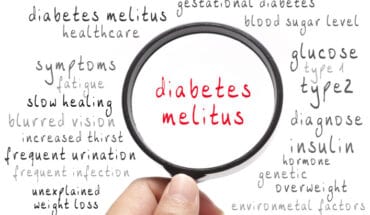Chronic pain is one of the major health concerns in the UK. According to the National Pain Audit, published in 2011, over 7.8 million people in the UK say that they live with significant pain that does not go way, compared to seven million people who suffer from cardiovascular disease and around four million sufferers from diabetes.
Yet, chronic pain receives relatively little attention. We do now have a network of pain clinics throughout the country offering individualised care by a multidisciplinary team, but most people are managed in primary care by non-specialists and need to learn to live with it. Devices like TENS machines can offer some relief and others say that acupuncture is helpful. Sadly, in terms of new medicines, the cupboard is rather bare. We still rely heavily on opioids which have been used for at least 7000 years to treat pain but have obvious drawbacks. Not least is that they are addictive and their effects wear off over time. They also have many side effects including constipation and drowsiness. There are very few other pain-relieving molecules in development.
The problem of chronic (persistent or long-term) pain, defined by the fact it lasts for more than three months and is not related to tissue damage, may be associated with arthritis and cancer. But it may have no obvious cause and sometimes it is not even clear why it starts. It often comes as a package with a whole host of other problems like insomnia, anxiety and depression.
Medicines for chronic pain may also be taken when they are not treating pain symptoms at all. A recent Crime Survey of England & Wales asked questions about pain medication use which threw up some interesting and worrying statistics. According to the 2015 survey, eight per cent of young people questioned said that they used opioid prescription painkillers to get high. And the percentage of people who stay on prescription painkillers doesn’t change much as their age, unlike the number of people using drugs for illegal highs. This plummets as people get older and wise. One conclusion could be that it is actually harder to quit prescription painkillers than lifestyle drugs. Bearing this in mind, we need to be much more careful about how many prescriptions for painkillers we write, because it can be so hard for people to quit and become drug free. Last year, 24 million prescriptions were filled for opioid medicines, at a cost to the NHS of over £300m. That doesn’t include other analgesics.
If you look at the map of England Wales, you can clearly see that certain areas are prescription painkiller black spots where there is greater prescribing of painkillers. You are most likely to be prescribed opioid painkillers if you live in the North East, which could be linked to socioeconomic deprivation, or simply a culture of seeing pills as a cure-all.
We must start tackling chronic pain with more holistic treatments that help people understand their condition and develop better-coping strategies rather than becoming reliant on painkiller medicines, which rarely provides a long-term solution and can be a long-term problem.
- Pills for pain - 20th May 2016






